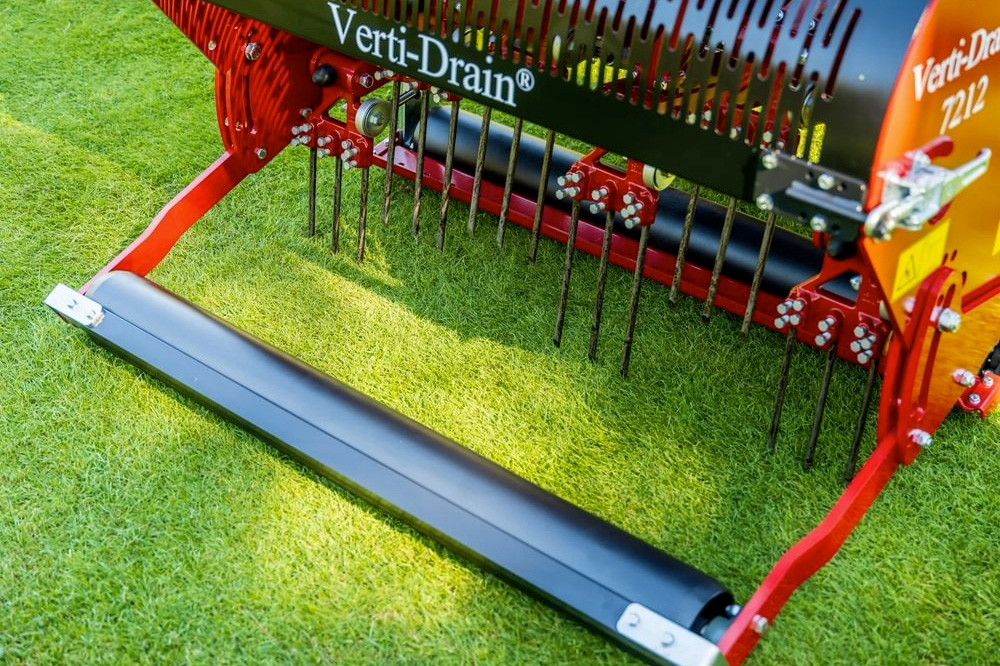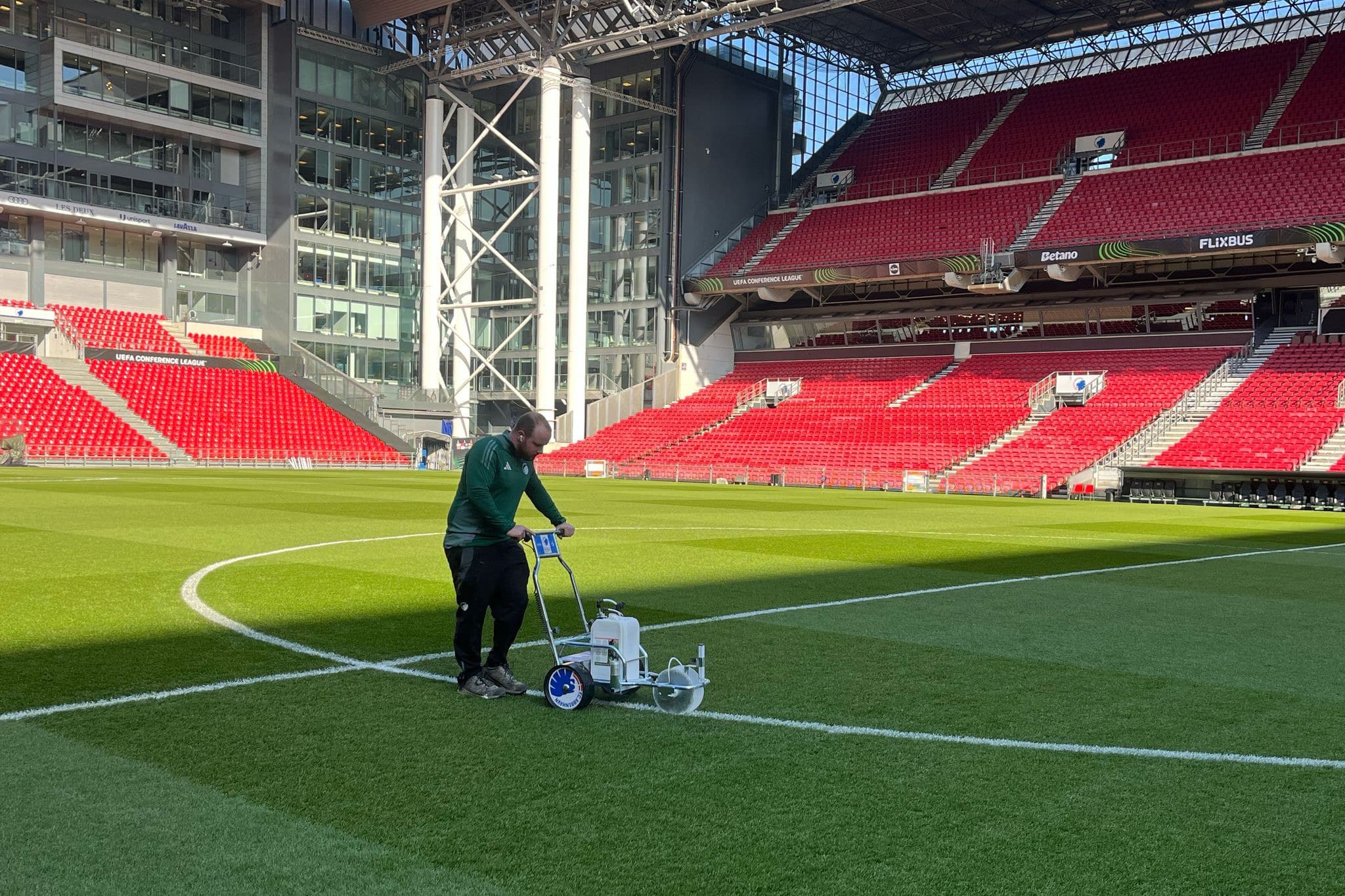
A handy overview of the rules - Permit requirement for fences and barriers
But did you know that this is not always possible just like that? After all, you are bound by certain rules if you want to place your fence without an environmental permit. We briefly list the applicable conditions.
Types of closures
First, a distinction is made between different types of closures. There are open closures and closed closures. Open closures include closures in wire or wire mesh. Everything else is considered closed fencing, so even erica mats, stone baskets or wooden garden fences fall under closed fencing.

Garden layout
The options also vary depending on the layout of your yard. The front garden is the part that lies in front of the front facade line of the main building. The side garden is the part that is at the level of a side wall. And the back yard is the garden area that is not a front or side yard. These seem like only minor differences, but they do have a big effect toward possibilities.
In the side and rear yard of a residence, all fences are permitted up to a height of two meters, provided they are located no further than thirty meters from the primarily licensed or licensed residential or commercial dwelling. This therefore applies to both closed and open fences. Consequently, the installation of, for example, wooden garden fences more than thirty meters from the residence is not possible without an environmental permit.
Access gates and open fences are allowed up to a height of two meters, both in the front yard and in the side and rear yards. However, these may be located further than thirty meters from the primarily licensed or licensed residential or commercial property. Thus, you may surround your entire domain with an open fence of up to two meters in height without an environmental permit.
Closed fences up to a height of one meter in the front yard are also permitted. This is also allowed beyond thirty meters from the primarily licensed or licensed residential or commercial property. This implies that a masonry fence or wooden fence in the front yard may only be one meter high if you install it without an environmental permit.

The location
Third, the options also depend on the location of the site. For example, if the site is located in a subdivision or a Special Plan of Construction (BPA) that expressly prohibits the provision of closures, then you cannot provide any closure without an environmental permit. Indeed, exempt operations are only possible when these operations do not violate the regulations of regional, provincial or municipal town planning ordinances. However, you can possibly apply for an environmental permit to deviate from this.
If you have already received a permit in the past that expressly excluded or limited the placement of fences, then you cannot use the above either and you will always need an environmental permit to place a fence. Indeed, exempted acts are only possible when these acts do not violate the express conditions of environmental permits for urban development acts.
If you have a meadow and wish to provide it with a nice fence, this can also be done without an environmental permit, if it is an open fence or an open fence with cross slats. This may be up to two meters high. However, this is not possible in spatially sensitive areas, with the exception of park areas.
Do you have plans to install a fence or enclosure, but aren't sure whether or not you need an environmental permit now? Let DLV's consultants assist you in reviewing your options and realizing your plan.




